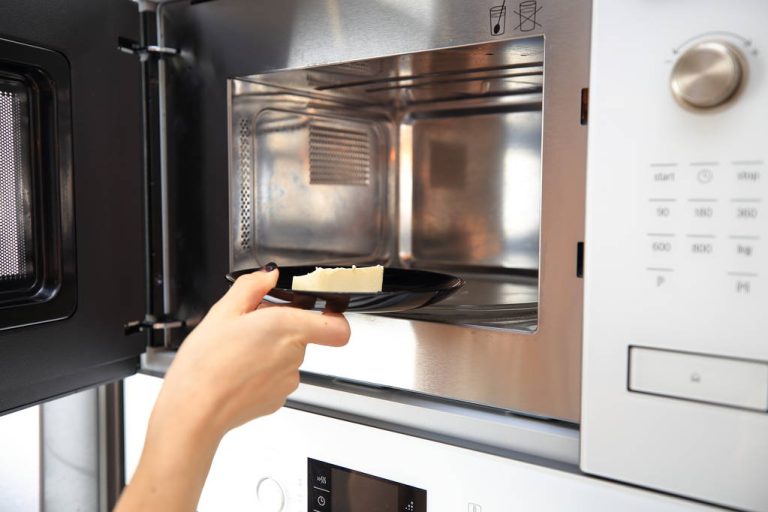If something needs to be heated up, the microwave often comes in handy. But not all materials and foods are suitable for this.

These materials are not suitable for the microwave
A microwave can be found in most households. Food can be heated easily, quickly and conveniently with this. But some materials and foods do not belong in the microwave.
The following must be observed with the material:
Make sure you only use microwaveable (plastic) dishes; otherwise the material may become deformed or plastic parts may end up in the food.
Paper or cardboard is also unsuitable due to the coating.
If you have a dish in a Styrofoam container, you should take it out of the packaging. Otherwise toxic substances can be passed on.
You should also not heat eggs in the microwave, as they can burst in it.
For soups, make sure they are covered to avoid splashing.
Aluminum foil can melt and should be removed first.
Fine china, for example with a gold or silver rim, should not be placed in the microwave.
Food that can burst is also a problem. Hot peppers and chili, in particular, can develop fumes that can spread outside the microwave.
You should also not put crockery made of metal or melamine resin or unglazed stoneware in the microwave.

Be careful with these foods
Furthermore, these foods are not microwaveable:
In the case of raw meat and raw fish, salmonella, for example, may survive. The following applies here: it is better to fry or grill thoroughly.
(Cooking) oil and (frying) fat harbors the risk of igniting. The fires cannot be extinguished with water.
Perishable foods such as egg dishes, potatoes and pasta should be fried in the pan if possible.
You can make pizza in the microwave, but it gets crispier in the oven.
Coffee can become bitter.
When water in tall, smooth vessels is removed from the microwave, it can form a bubble of water vapor that escapes explosively; the boiling liquid that can be carried away can lead to scalding.
High-proof alcohol can also ignite – or, in the case of vodka, for example, explode.
In general, the microwave is not suitable for even heating. Therefore, if in doubt, you should fry your food to avoid germs and health problems.



